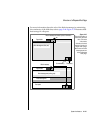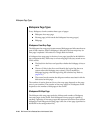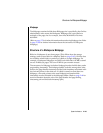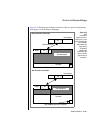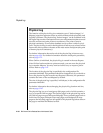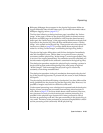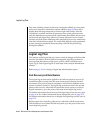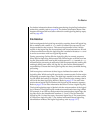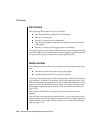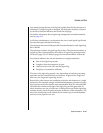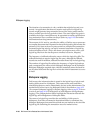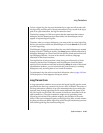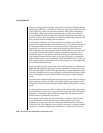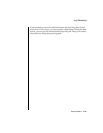
System Architecture 2-155
File Rotation
For further information about what happens during a logical log backup that
makes this possible, refer to page 4-26. For further information about what
happens during an OnLine restore with archive and logical log backup tapes,
refer to page 4-45.
File Rotation
OnLine safeguards the logical log records by requiring that a full logical log
file is marked with a status of used until it is backed up to tape and it is no
longer needed for fast recovery. This second requirement is met if all the
records in the logical log file are associated with closed transactions. If both
of these conditions are met, the logical log file is marked with status
free and
it can be overwritten with new logical log records.
During processing, OnLine fills free logical log files in numeric sequence.
When the first logical log file becomes full, OnLine begins to fill the next free
log file. If the status of the next log file in the sequence is used instead of free,
normal OnLineprocessing is suspended. OnLine cannot skip the used log file
and begin filling some other, free log file. It is the OnLine administrator’s
responsibility to ensure that free logical log files are always available during
processing.
OnLine requires a minimum of three logs to facilitate the rotation of the
logical log files. While one log file receives the current records, OnLine might
be backing up another log to tape. The third log is needed in case the current
log fills before the backup is complete. (This is similar to the strategy that is
used with the three logical log buffers.) (Refer to page 3-27 for more infor-
mation about logical log ID numbers and logical log file numeric sequence.
Refer to page 3-39 for more information about how to free a logical log file.)
The logical log backup tape is labeled with the unique number of the logical
log it contains. The logical log ID numbers increment each time a log is filled.
For example, in an OnLine configuration that contains three logical logs, the
log files receive the identification numbers 1, 2, and 3. The first time that
logical log file 1 is freed for reuse, it becomes logical log 4. The second time,
it will become logical log file 7. (For further information about logical log
identification numbers and logical log backup, refer to page 3-27.)



